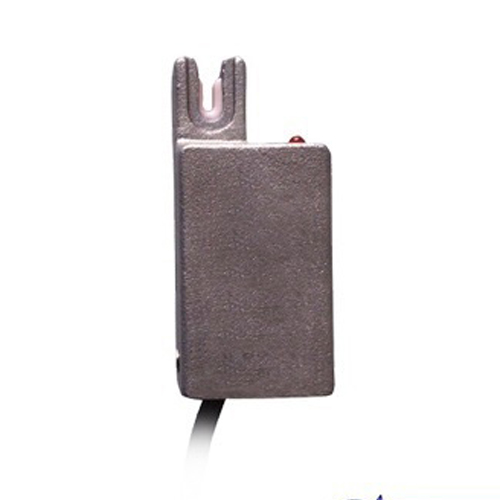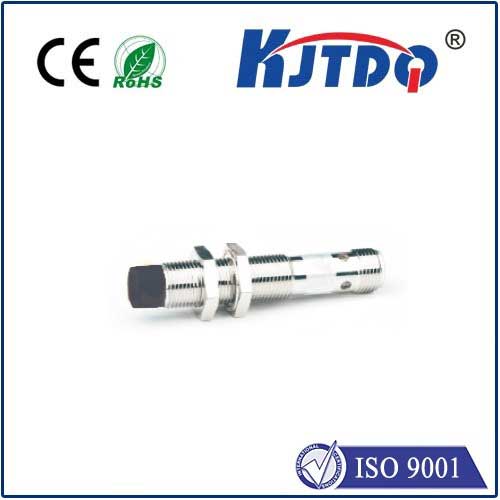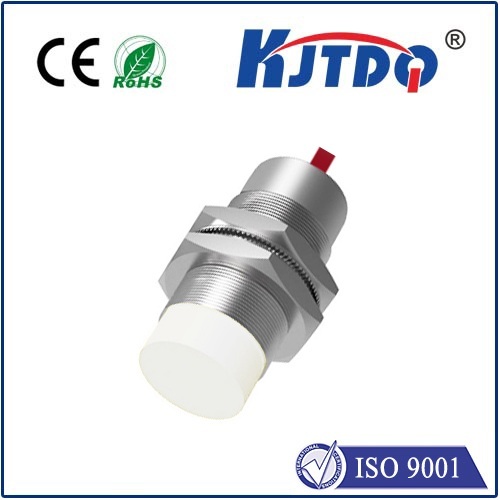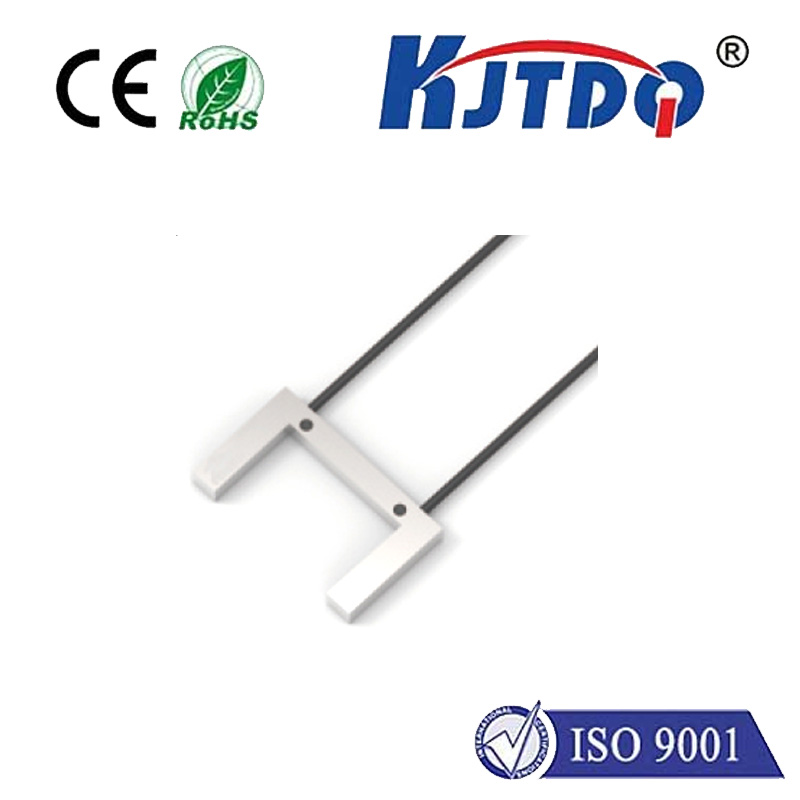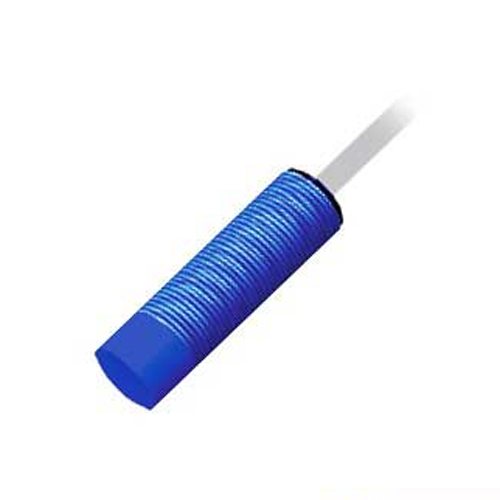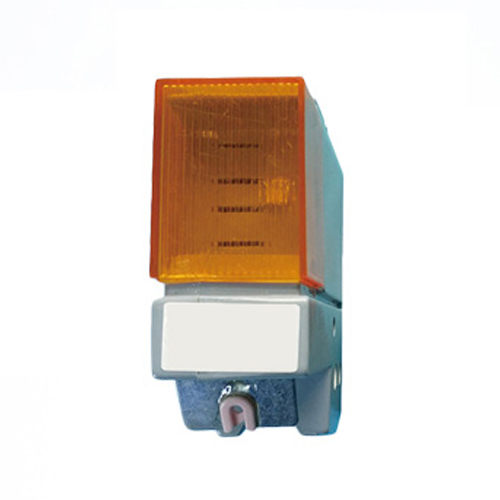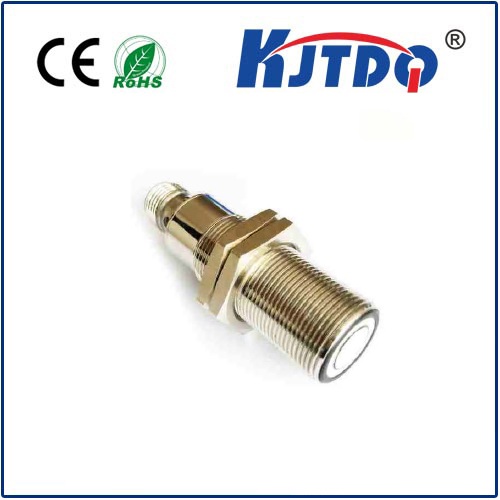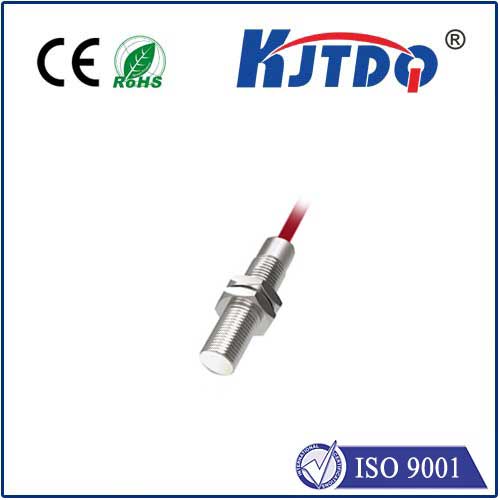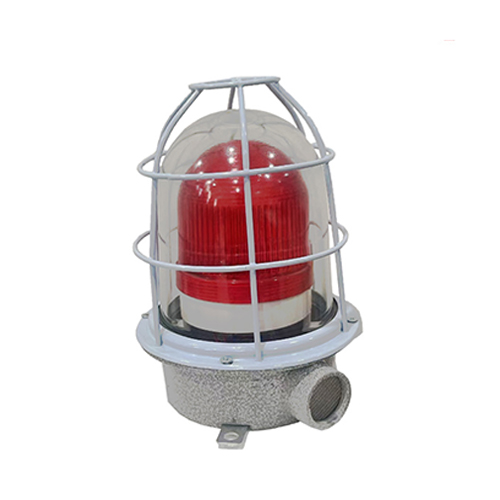индукционный датчик npn
- time:2025-06-18 02:56:45
- Нажмите:0
Understanding NPN Inductive Sensors: The Backbone of Precision Detection
Imagine a high-speed manufacturing line. Robotic arms swiftly assemble components, conveyor belts hum, and products zip through quality control. Amidst this orchestrated chaos, countless tiny, unassuming devices tirelessly monitor positions, counts, and movements, ensuring flawless operation. Often unnoticed by workers, these critical components are frequently NPN inductive proximity sensors. They are the unsung heroes, the invisible sentries safeguarding efficiency and precision in automation. But what exactly are they, and why is “NPN” so important?
At its core, an индукционный датчик приближения is a non-contact electronic device designed to detect the presence or absence of metallic objects within its sensing range. It operates on a fundamental principle of physics: electromagnetic induction, discovered by Michael Faraday. Here’s the simplified magic:
- Oscillator & Coil: Inside the sensor’s active face is a coil of wire connected to an internal oscillator circuit. This generates a high-frequency, alternating electromagnetic field.
- Target Interaction: When a metallic target (like steel, aluminum, brass, etc.) enters this electromagnetic field, it disrupts the field lines.
- Eddy Currents: The changing magnetic field induces small swirling electrical currents, called eddy currents, on the surface of the target metal. These eddy currents absorb energy from the sensor’s electromagnetic field.
- Signal Dampening: This energy absorption causes the amplitude (strength) of the internal oscillator signal to decrease.
- Detection Trigger: The sensor’s evaluation circuit monitors this amplitude change. Once the decrease surpasses a predefined threshold – indicating a target is sufficiently close – the sensor triggers its output switch.
The NPN Factor: Understanding the Output
The letters “NPN” refer not to the sensing principle itself, but to the type of transistor output switch used within the sensor’s electronics. This designation is crucial for understanding how the sensor integrates into a control system’s wiring and logic.

- Transistor Basics: An NPN transistor is a three-layer semiconductor device (Negative-Positive-Negative). It acts as an electronically controlled switch.
- NPN as a Switch: In the context of an NPN inductive proximity sensor:
- When no metal target is present, the NPN transistor is off (non-conducting). The sensor’s output signal line (usually the black wire) behaves like an open circuit.
- When a metal target enters the sensing range, the internal circuit switches the NPN transistor on (conducting). This effectively connects the sensor’s output signal line (black wire) to its negative voltage supply line (usually the blue wire). Think of the transistor closing a switch between the black and blue wires.
- Sinking Output (Load Between Brown and Black): This action defines the NPN sensor as a sinking output or “low-side switch.” To complete the circuit and power the load (like a PLC input, relay coil, or indicator lamp), the load must be connected:
- The positive supply voltage (typically +VDC, brown wire) connects to one side of the load.
- The other side of the load connects to the sensor’s signal output (black wire).
- The sensor’s negative supply (0VDC, blue wire) connects to the power supply negative.
Why NPN Matters: Compatibility and Convention
Choosing between NPN and its counterpart, PNP, is primarily driven by the control system’s input requirements and regional standards:
- PLC Input Compatibility: Many Programmable Logic Controllers (PLCs), especially common types widely used in certain geographic regions like Asia and historically Europe, are designed to accept sinking inputs. An NPN sensor’s active-low behavior perfectly matches these PLC inputs. When the sensor detects a target, it pulls the PLC input line Низкий (toward 0VDC), signaling the “on” state.
- Standardization: Specific industries or regions often develop conventions. NPN sensors remain a highly prevalent standard globally for sinking applications due to their long history and widespread PLC compatibility.
- Electrical Safety: Using the correct sensor type (NPN vs. PNP) ensures the control circuit operates as intended, preventing potential misoperation or damage.
Versatility in Industrial Applications
The NPN inductive sensor’s robustness, reliability, and non-contact nature make it indispensable across countless industrial sectors:
- Position Verification: Confirming parts are correctly located on fixtures or pallets. Did the robot arm place the component accurately?
- Object Counting: Tracking items moving past a point on a conveyor belt. How many bottles filled the crate?
- End-of-Travel Detection: Sensing if a cylinder is fully extended or retracted. Has the clamp closed completely?
- Speed Monitoring: Measuring rotational speed by detecting gear teeth or bolt heads. Is the motor spinning within tolerance?
- Перевозка материалов: Detecting the presence of metal pallets, containers, or machine parts. Is the pallet in position for unloading?
- Machine Safety: Used within safety circuits (though often with specific high-safety-rated devices) to monitor guard positions or safe zones.
Selecting the Right NPN Inductive Sensor
Key factors influence the choice for optimal performance:
- Sensing Range: The maximum distance at which the sensor can reliably detect a specified standard target (usually a square of mild steel). Consider nominal and effective operating ranges.
- Target Material: While primarily designed for metals, detection range varies significantly. Ferrous metals (like steel) offer the longest range; non-ferrous metals (like aluminum, brass, copper) have shorter ranges. Some sensors are specially optimized for non-ferrous detection.
- Output Configuration: Besides NPN, confirm if it’s Normally Open (NO) or Normally Closed (NC). Нет! is most common: Output “on” when target present. НС: Output “on” when target absent.
- Shielded vs. Unshielded (Flush vs. Non-Flush):
- Shielded: The sensing coil is surrounded by metal, limiting the magnetic field radially. Can be mounted flush into metal. Shorter sensing range.
- Unshielded: The coil is exposed at the front, offering a longer range but cannot be mounted flush in metal (requires a non-metallic surround). Field extends radially.
- Electrical Specifications: Voltage operating range (e.g., 10-30 VDC), current consumption, and output current capacity (switching capability).
- Environmental Factors: IP rating for dust and water resistance, temperature range, resistance to chemicals or welding spatter.
- Housing Material: Nickel-plated brass and stainless steel are common for durability. Plastic housings may be used for lightweight or cost-sensitive applications.
- Connection Type: Pre-wired cable, M8 connector, M12 connector (the industrial standard), or terminal block.
Understanding the inductive sensor NPN output configuration is fundamental for any engineer, technician, or system integrator working in industrial automation. These robust, reliable, and versatile devices provide the critical eyes on the production floor, translating the physical presence or absence of metal targets into clear electrical signals understood by control systems. Grasping how the sinking NPN output functions – effectively pulling the signal line low when activated – ensures seamless and correct integration into the vast network of control circuits that drive modern manufacturing and process control. Their ability to operate reliably in harsh industrial environments, providing precise


